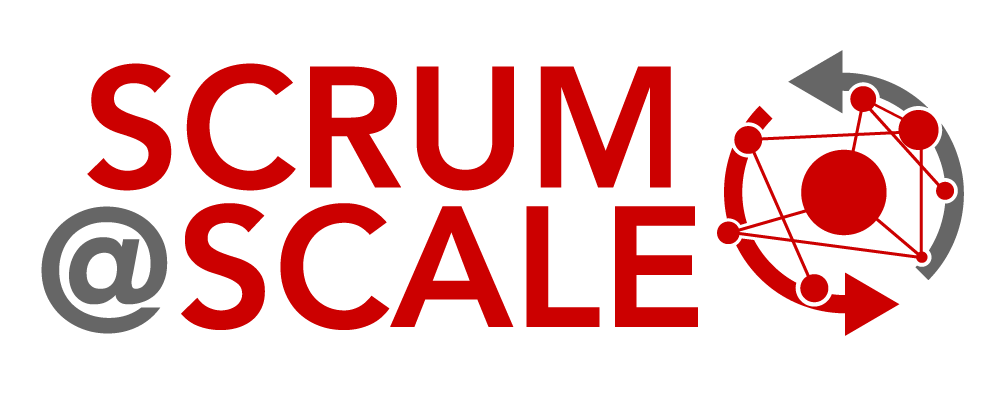Agile Education Case Study
Achieve 5-10x Faster Market Delivery with Scrum at Scale
One of the Netherlands’ largest DIY retail franchises had a siloed management structure and projects that took 3-12 months or even longer to get to market. Registered Scrum@Scale Trainer Serge Beaumont’s simplified approach delivered immediate and impressive results. Overall, the team achieved 5-10x faster market delivery to customers, there was alignment between what was expected and what was delivered, delivery was made in smaller chunks allowing for early value delivery to customers, and e-Commerce sales soared.
CASE STUDY SNAPSHOT
Industry: Retail (e-Commerce)
Organization Size: Large
Topic: Alignment, Cross-Team Coordination, Delivery & Velocity, Executive Action Team (EAT), Executive MetaScrum (EMS), Prioritization
Date: 2023
LinkedIn: https://nl.linkedin.com/in/sergebeaumont
Case Study
Summary: From Siloed, Waterfall Approach to 5-10x Faster Market Delivery
One of the Netherlands’ largest DIY retail franchises with a waterfall management style was skeptical that implementing Scrum@Scale practices could make a difference, but their new e-Commerce Director had experience in Agile and a vision for change. She brought in Registered Scrum@Scale Trainer Serge Beaumont to make it happen. Serge noticed that projects were taking 3-12 months to market or even longer when he arrived, noting that “the process was so slow it felt like standing still.” With a siloed organizational structure, a project had no choice but to progress slowly through many teams. Consequently, there was a mismatch between expectations and delivery because by the time a project was finally ready, customer needs had changed. It was definitely time to become more Agile.
The Solution: Cross-functional, Autonomous Teams with Cross-team Coordination
Straightaway, Serge started by creating five cross-functional, autonomous teams, each solely responsible for a different part of the process. This allowed for work to proceed very quickly with each team simultaneously able to complete their part of a project without first waiting on another team. As a result of having business-aligned teams, they were able to scale five teams at a time and still keep complexity low.
Serge trained the teams and ensured that each member understood their purpose, scope, and Definition of Done. Autonomous functionalities were aligned so that there were no gaps or overlaps. The initial Product Backlog for the first two Sprints was created by chopping up the current waterfall projects, and Serge helped the team plan six Sprints ahead to give them a smoother start. The team decided to keep things simple by creating a portfolio wall with sticky notes and synchronized events for sprints so that all teams could work simultaneously. The initial training and setup took about a month, and the teams were ready to go.
Serge’s approach was to keep this Scrum@Scale implementation as simple as possible. Accordingly, the five cross-function Scrum teams ran synchronous two-week Sprints. The Executive Action Team consisted of the current Director and Scrum Masters, and the Director and Product Owners made up the Executive MetaScrum. Sprints lasted two weeks, the daily scrum occurred weekly and portfolio meetings occurred bi-weekly. There was no internal friction once the Scrum@Scale implementation began thanks to the synchronized way of working. There was also a massive reduction in process overhead.
Outcomes from Implementing Scrum@Scale
The results of this implementation were swift and impressive. Cross-functional autonomous teams allowed for 5-10x faster market delivery, successful delivery of expectations, and early delivery of high value items.
- Time to market decreased from 3-12 months to 1-6 weeks, a 88-92% reduction!
- Greater alignment between customer expectations and delivery due to shortened delivery time
- Small chunks of delivery for early delivery value, with most of the value delivered in the beginning stages
- Massive reduction in process overhead
- No internal friction due to synchronized way of working
- Clear and compelling vision
- e-Commerce sales increased from approximately 5% of total sales to 20-50%
About Serge Beaumont
Registered Scrum@Scale Trainer Serge Beaumont is a Consultant, Trainer, Mentor and self-described all-round geek. His core areas of expertise include Agile, Scrum, DevOps, Scaling (Scrum@Scale) and Product Ownership. As a Consultant, Serge has experience in software development since 1995 (Smalltalk, Delphi, Java, Python), and Agile consultancy since 2007. He consults for customers who need a wide range of experience on technical, Agile and management issues. Serge has been a trainer for most of his career and has done Scrum training with Jeff Sutherland since 2009.
More Scrum@Scale Case Studies
Improve Predictability and Performance: Using Aggregated Velocity Data in Scrum@Scale
Agile Education Case Study Improve Prioritization and Performance: Using Aggregated Velocity Data in Scrum@Scale This case study explores how aggregated velocity data was used to improve the performance, prioritization, and predictability of engineering teams in a...



